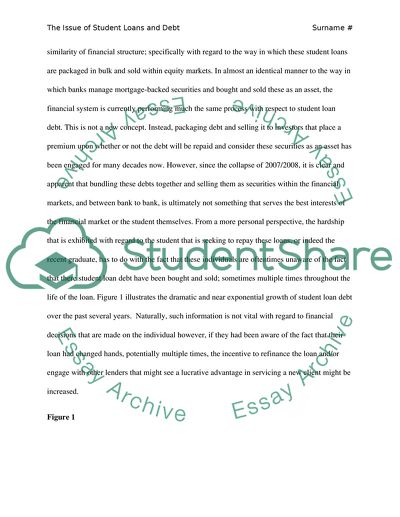Cite this document
(“Student Loans; How banks manage them and how they affect individual Term Paper - 1”, n.d.)
Student Loans; How banks manage them and how they affect individual Term Paper - 1. Retrieved from https://studentshare.org/macro-microeconomics/1652874-student-loans-how-banks-manage-them-and-how-they-affect-individual-spending
Student Loans; How banks manage them and how they affect individual Term Paper - 1. Retrieved from https://studentshare.org/macro-microeconomics/1652874-student-loans-how-banks-manage-them-and-how-they-affect-individual-spending
(Student Loans; How Banks Manage Them and How They Affect Individual Term Paper - 1)
Student Loans; How Banks Manage Them and How They Affect Individual Term Paper - 1. https://studentshare.org/macro-microeconomics/1652874-student-loans-how-banks-manage-them-and-how-they-affect-individual-spending.
Student Loans; How Banks Manage Them and How They Affect Individual Term Paper - 1. https://studentshare.org/macro-microeconomics/1652874-student-loans-how-banks-manage-them-and-how-they-affect-individual-spending.
“Student Loans; How Banks Manage Them and How They Affect Individual Term Paper - 1”, n.d. https://studentshare.org/macro-microeconomics/1652874-student-loans-how-banks-manage-them-and-how-they-affect-individual-spending.


